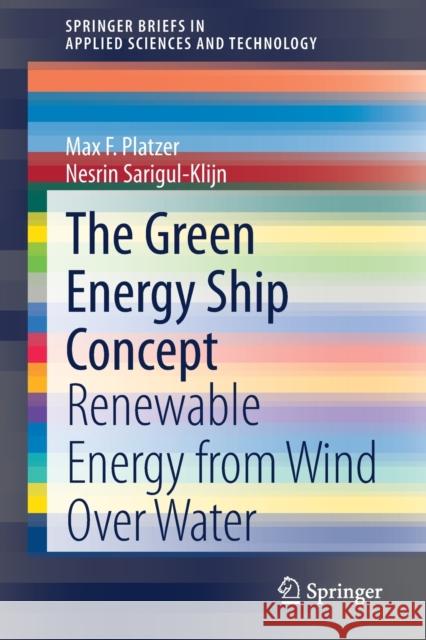The Green Energy Ship Concept: Renewable Energy from Wind Over Water » książka
topmenu
The Green Energy Ship Concept: Renewable Energy from Wind Over Water
ISBN-13: 9783030582432 / Angielski / Miękka / 2020 / 108 str.
The Green Energy Ship Concept: Renewable Energy from Wind Over Water
ISBN-13: 9783030582432 / Angielski / Miękka / 2020 / 108 str.
cena 282,42
(netto: 268,97 VAT: 5%)
Najniższa cena z 30 dni: 250,57
(netto: 268,97 VAT: 5%)
Najniższa cena z 30 dni: 250,57
Termin realizacji zamówienia:
ok. 22 dni roboczych
Bez gwarancji dostawy przed świętami
ok. 22 dni roboczych
Bez gwarancji dostawy przed świętami
Darmowa dostawa!
Kategorie:
Kategorie BISAC:
Wydawca:
Springer
Seria wydawnicza:
Język:
Angielski
ISBN-13:
9783030582432
Rok wydania:
2020
Wydanie:
2021
Numer serii:
000457375
Ilość stron:
108
Waga:
0.18 kg
Wymiary:
23.39 x 15.6 x 0.66
Oprawa:
Miękka
Wolumenów:
01
Dodatkowe informacje:
Wydanie ilustrowane











